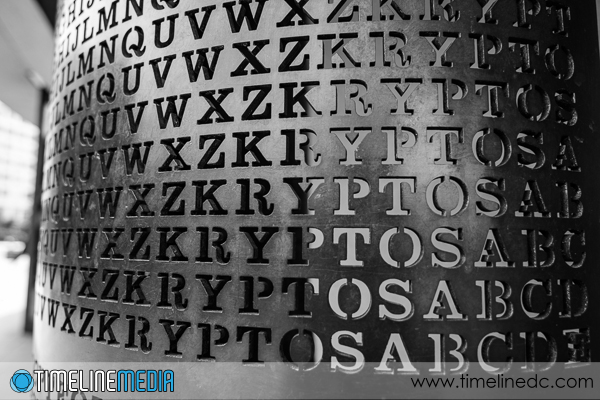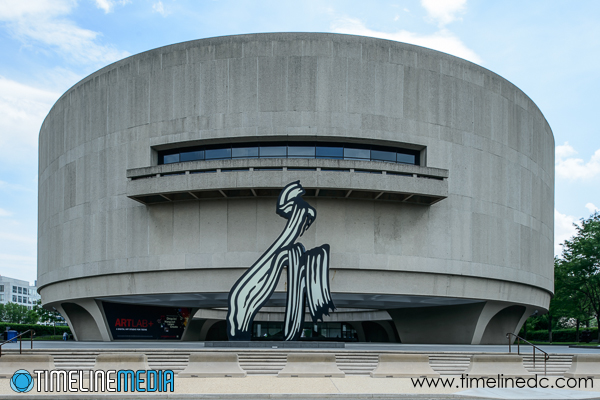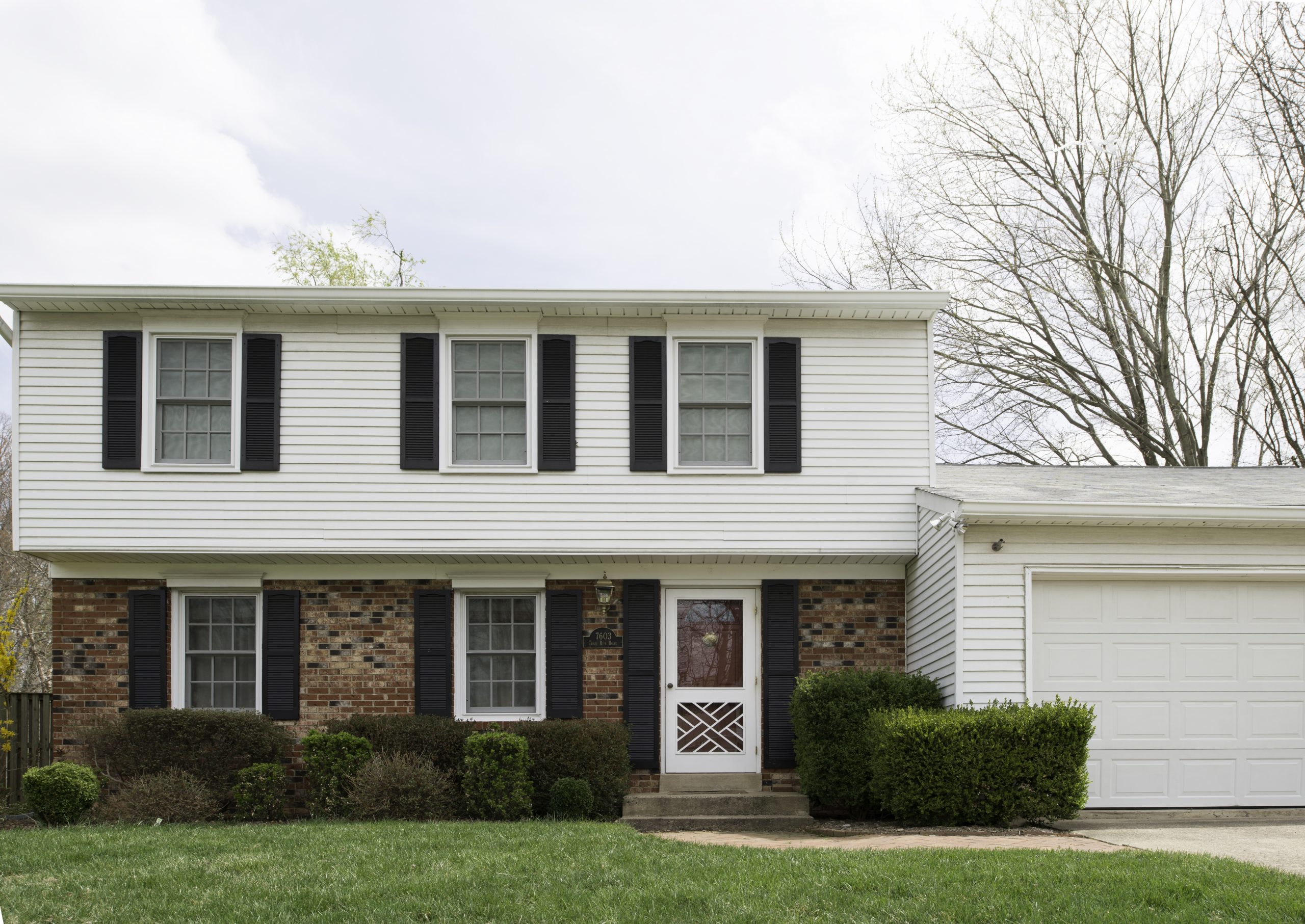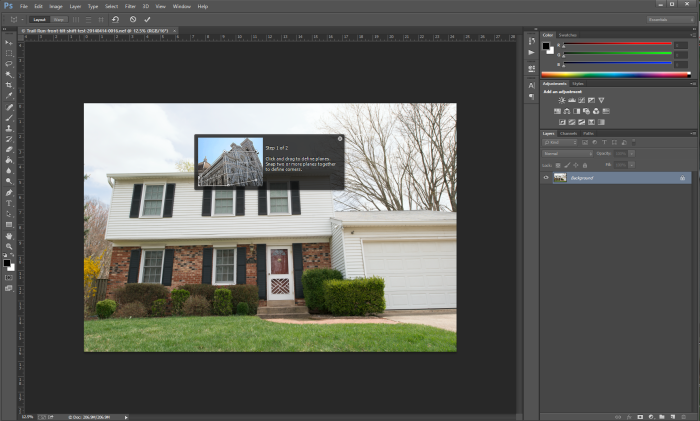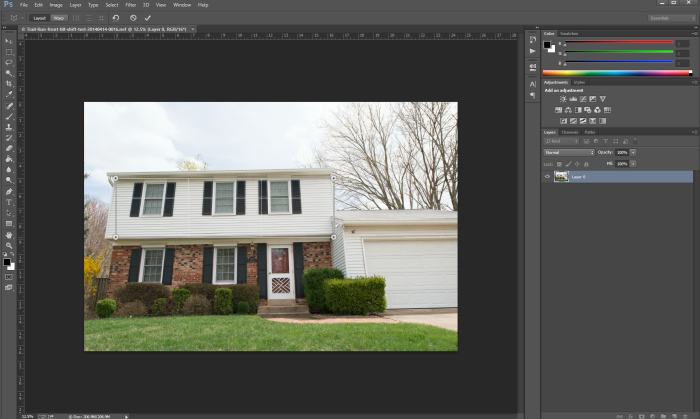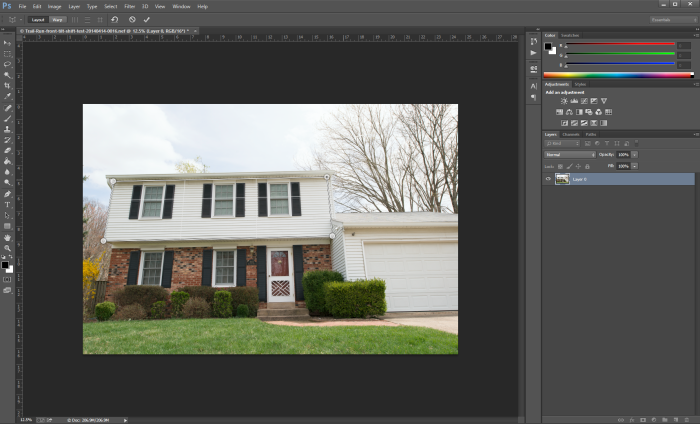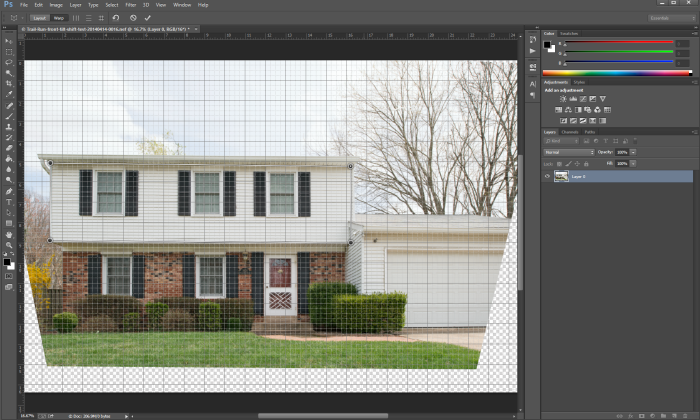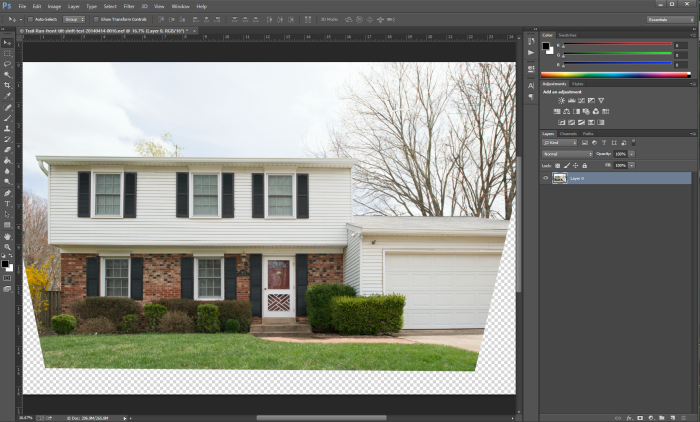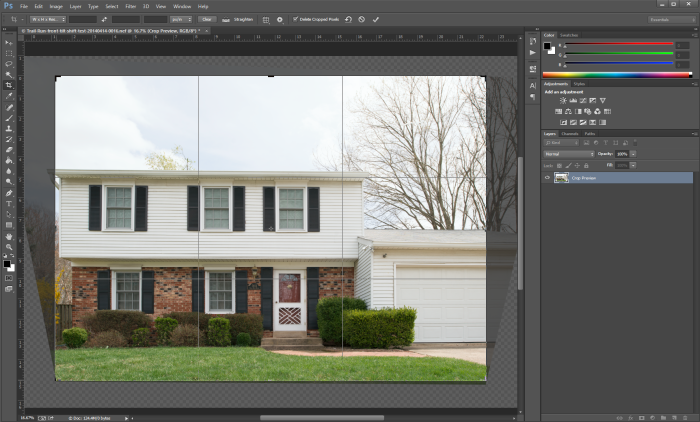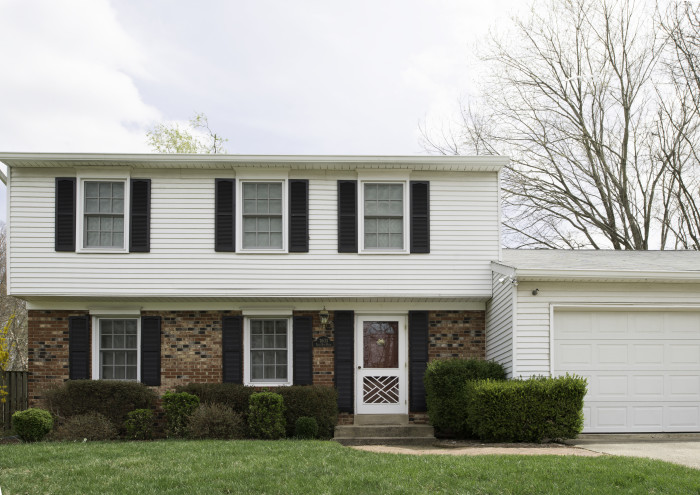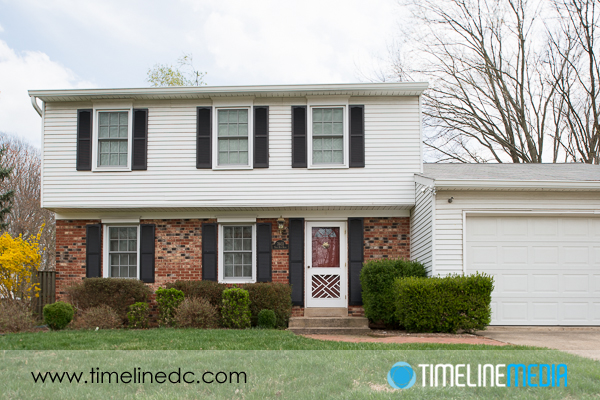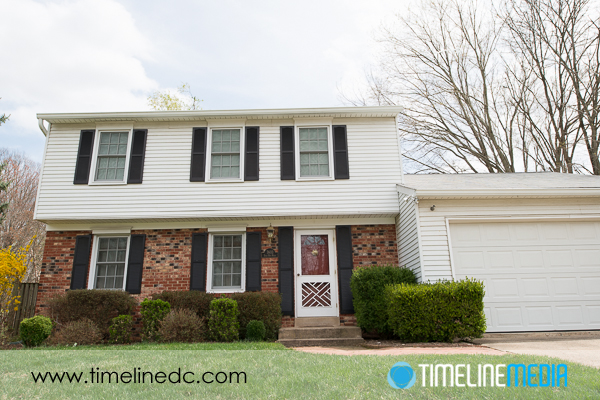Washington, DC
The blog has been very ballroom dance heavy the last week. The dancing photos have just been a big part of my computer time, so I had them at the top of mind lately. I’ll start switching the subject out today. A few weeks ago, I had the opportunity to walk around some Smithsonian museum buildings in Washington, DC.
During the summertime months, the area is filled with groups of tourists, school groups, and other visitors to the city. Mixed with all the government workers going about their business, it is a busy time for this area. I blended in much more with the tourists pointing their cameras at all the recognizable buildings.
Lens Practice
For this walk, I just had one lens on my camera – the 24mm PC-E tilt shift. I wanted to make more comparisons with some larger buildings than the ones in my neighborhood. The Hirshhorn Museum was one that I wanted to try. There are usually not as many pedestrians or large buses parked by the Jefferson Street side, so I went there for my test. Here are the two images, the first uncorrected with the camera pointing up towards the building, the second shifted to straighten the lines of the facade.
The second is really a different view than what you see as you drive by. The main circular section looks to be suspended in mid air one story above street level. As you take photos of the building when you walk by, the “leaning back” perspective is what you normally see from close below the structure. The corrected version seems so straight, that it does not look right to my eyes! When drawing straight lines, though, everything lines up as it would on a sheet of paper if you were making a blueprint of the building. This was my first try, and it will probably not be the last time that I go back to a familiar place that I am accustomed to seeing with distorted vision due to perspective.
TimeLine Media – www.timelinedc.com
703-864-8208

